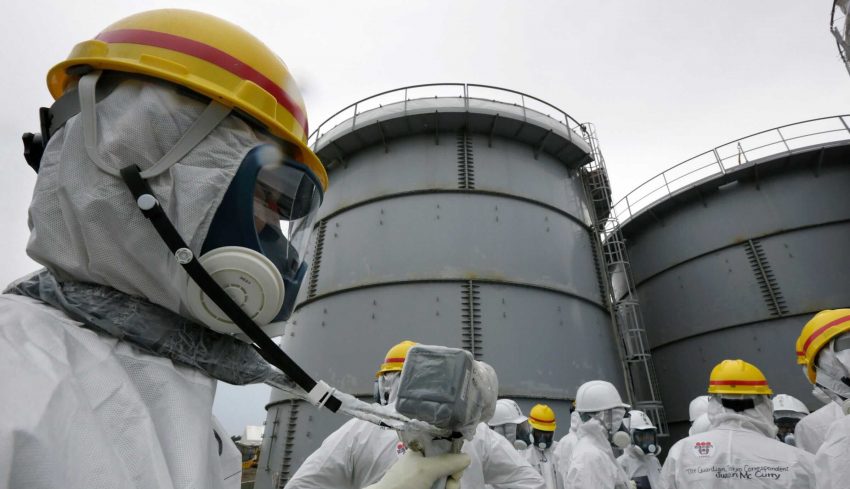Concerns over the Fukushima power reactor persist. In early May, former Secretary General of the Pacific Islands Forum Secretariat (PIFS), Dame Meg Taylor, called on Japan to reconsider its decision to release more than 1 million tonnes of treated nuclear-terminated water from the Fukushima power reactor into the Pacific Ocean. Dame Meg might have anticipated a more conciliatory response from Japan similar to that the Forum (PIF) had received way back in 1985. She would be disappointed.
In the early 1980s, Japan had proposed to dump . . .
Please Subscribe to view full content...
